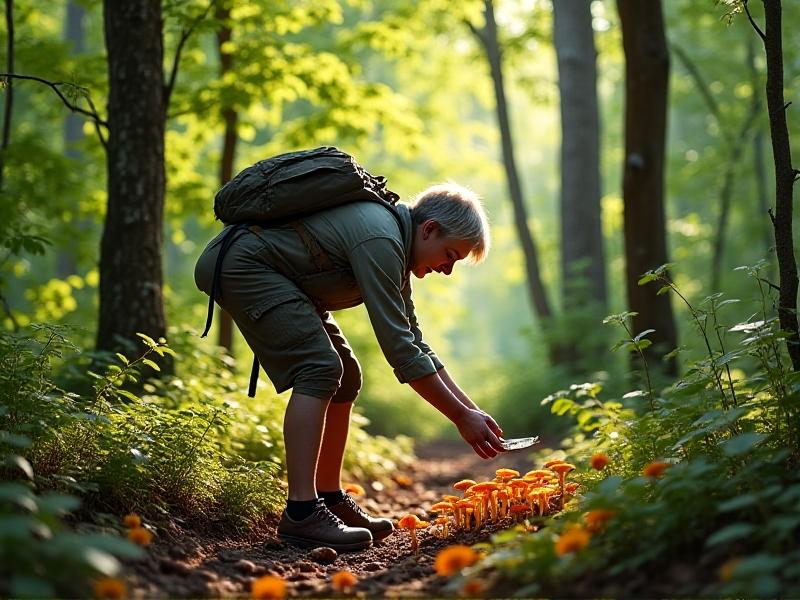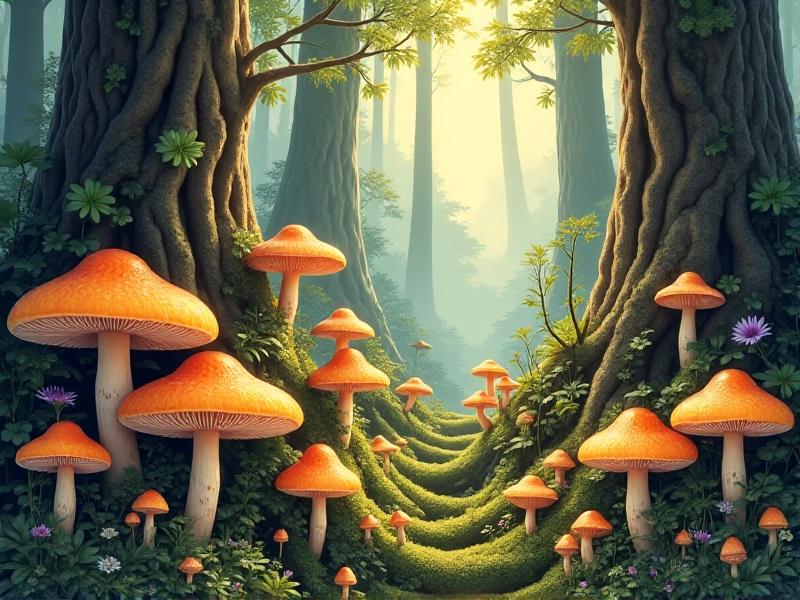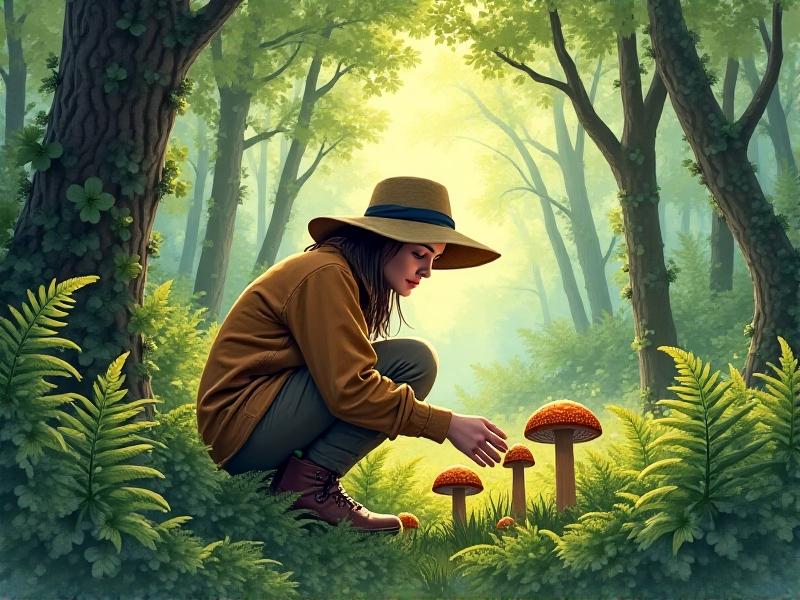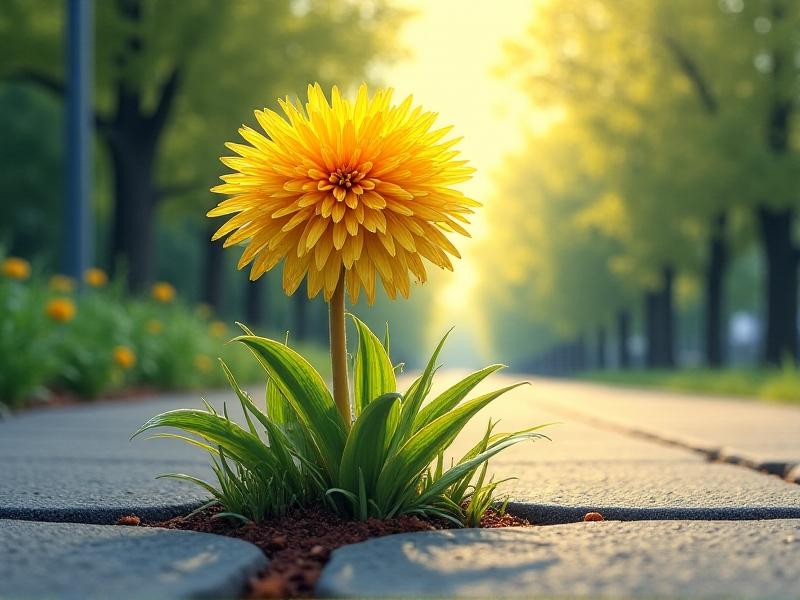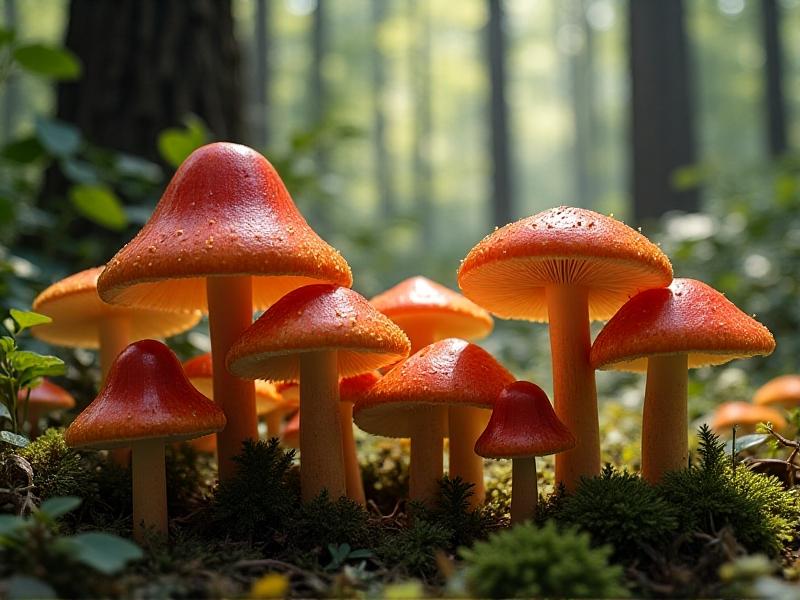Mapping Edible Weeds in Abandoned Lots: Tools and Techniques
Introduction to Edible Weeds in Urban Spaces
Urban landscapes are often dotted with abandoned lots, spaces that, while neglected, teem with life. Among the most overlooked resources in these areas are edible weeds—plants that grow wild and are often dismissed as nuisances. However, these plants can be a valuable source of nutrition and a gateway to understanding urban ecosystems. Mapping edible weeds in abandoned lots is not just an exercise in botany; it’s a step toward sustainable urban living, food security, and community engagement. This blog post explores the tools and techniques for identifying, mapping, and utilizing these often-forgotten treasures.

Why Map Edible Weeds?
Mapping edible weeds serves multiple purposes. First, it raises awareness about the abundance of wild food sources in urban areas. Many people are unaware that plants like dandelions, purslane, and lambsquarters are not only edible but also nutritious. Second, it promotes sustainability by encouraging the use of local, wild food sources, reducing reliance on industrial agriculture. Third, it fosters community involvement, as mapping projects often bring together people with shared interests in foraging, gardening, and environmental stewardship. By documenting these plants, we can create a resource that benefits both individuals and communities.

Essential Tools for Mapping Edible Weeds
Mapping edible weeds requires a combination of traditional and modern tools. A good field guide or app for plant identification is essential, as it helps distinguish edible species from non-edible or toxic ones. GPS-enabled devices or smartphones can be used to mark the locations of plants accurately. Notebooks and cameras are useful for documenting plant characteristics and growth patterns. Additionally, online mapping platforms like Google Maps or GIS software can be used to create detailed, shareable maps. These tools, when used together, make the process efficient and accessible to both beginners and experienced foragers.
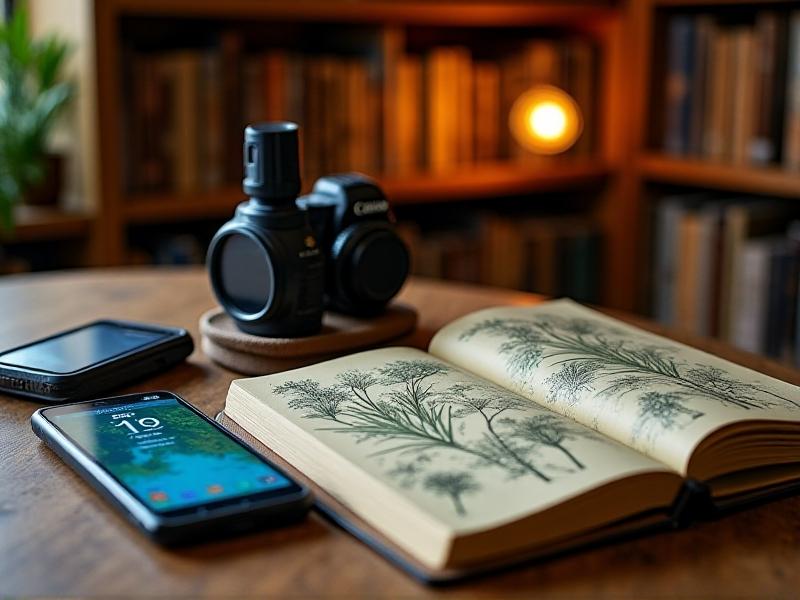
Techniques for Identifying Edible Weeds
Identifying edible weeds requires a keen eye and some basic knowledge. Start by learning to recognize common edible species in your region. Look for distinctive features such as leaf shape, flower color, and growth habit. Cross-reference your findings with reliable sources to ensure accuracy. It’s also important to consider the environment—plants growing in polluted areas may not be safe to eat. When in doubt, consult with local experts or foraging groups. Proper identification not only ensures safety but also deepens your connection to the natural world.
Creating a Map: Step-by-Step Guide
Creating a map of edible weeds involves several steps. Begin by selecting an area to survey, such as an abandoned lot or urban park. Walk through the area systematically, noting the locations of edible plants. Use GPS to mark these spots and take photos for reference. Back at home, transfer your data to a digital mapping platform. Add layers for different plant species, and include notes on their characteristics and potential uses. Share your map with the community to encourage others to explore and contribute. This collaborative approach can lead to a richer, more comprehensive resource.
Safety Considerations When Foraging
Foraging for edible weeds comes with its own set of risks. Always ensure that the plants you collect are free from pesticides, heavy metals, and other contaminants. Avoid areas near roads, industrial sites, or places where chemicals may have been used. Wash plants thoroughly before consumption, and start with small quantities to test for any adverse reactions. It’s also crucial to respect private property and local regulations. By foraging responsibly, you can enjoy the benefits of wild food while minimizing potential hazards.
Community Engagement and Education
Mapping edible weeds can be a powerful tool for community engagement. Organize workshops or foraging walks to teach others about wild edible plants. Collaborate with local schools, community gardens, or environmental organizations to spread awareness. Share your maps and findings online to reach a broader audience. By involving the community, you not only create a network of knowledge but also foster a sense of stewardship for urban green spaces. Education is key to ensuring that these resources are valued and preserved for future generations.
Incorporating Edible Weeds into Daily Life
Once you’ve identified and mapped edible weeds, the next step is to incorporate them into your diet. Edible weeds can be used in a variety of dishes, from salads and soups to teas and smoothies. Experiment with different recipes to discover their flavors and nutritional benefits. For example, dandelion greens can be sautéed like spinach, while purslane adds a tangy crunch to salads. By integrating these plants into your meals, you not only diversify your diet but also reduce your ecological footprint.
The Future of Urban Foraging
As urbanization continues to expand, the importance of urban foraging and mapping edible weeds will only grow. These practices offer a way to reconnect with nature, promote sustainability, and address food insecurity in cities. By documenting and sharing knowledge about edible weeds, we can create a movement that transforms neglected spaces into sources of nourishment and community pride. The future of urban foraging lies in collaboration, education, and a shared commitment to living harmoniously with the natural world.
